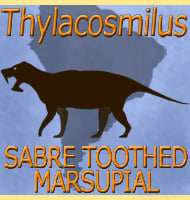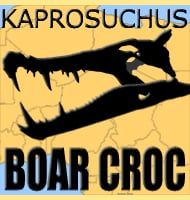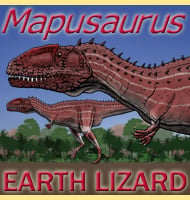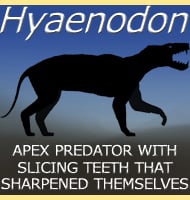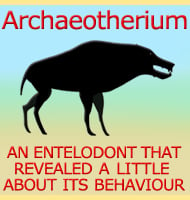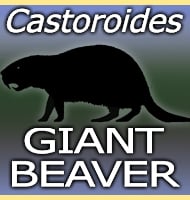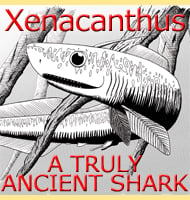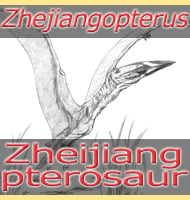In Depth
Aplestosuchus has been one of the most exciting notosuchian discoveries as the holotype specimen of the genus was found to have had the teeth and partial skull remains of a smaller sphagesaurid crocodyliform within the abdominal cavity. The partial state of preservation of these remains as opposed to the much better state of preservation for the Aplestosuchus as well as their location indicate that these were once stomach contents of the Aplestosuchus. This has become the first known occurrence in the fossil record of one kind of crocodyliform preying upon another. This behaviour was directly responsible for the creating of the type genus name Aplestosuchus sordidus which translates to English as ‘filthy gluttonous crocodile’.
The skull of the Aplestosuchus holotype is roughly about thirty-six centimetres long, and with the associated skeletal remains, the holotype individual of Aplestosuchus measures just over one meter in length from the tip of the snout to the base of the tail. The tail is unknown at the time of writing, but comparison to similarly formed relative genera suggests that all together Aplestosuchus holotype individual would have measured about two meters long. Aplestosuchus and other similarly sized baurusuchids would have been mid-level predators, capable of tackling fairly substantial prey themselves, but unable to take down the larger animals of their ecosystems. The top predators of South America at the time that Aplestosuchus lived in Brazil, would have abelisaurid and carcharodontosaurid theropod dinosaurs, partial remains of which (particularly of teeth) are known from the same area that the Aplestosuchus holotype was recovered from.
Further Reading
- An Additional Baurusuchid from the Cretaceous of Brazil with Evidence of Interspecific Predation among Crocodyliformes. PLoS ONE 9 (5): e97138 - P. L. Godoy, F. C. Montefeltro, M. A. Norell & M. C. Langer - 2014.

